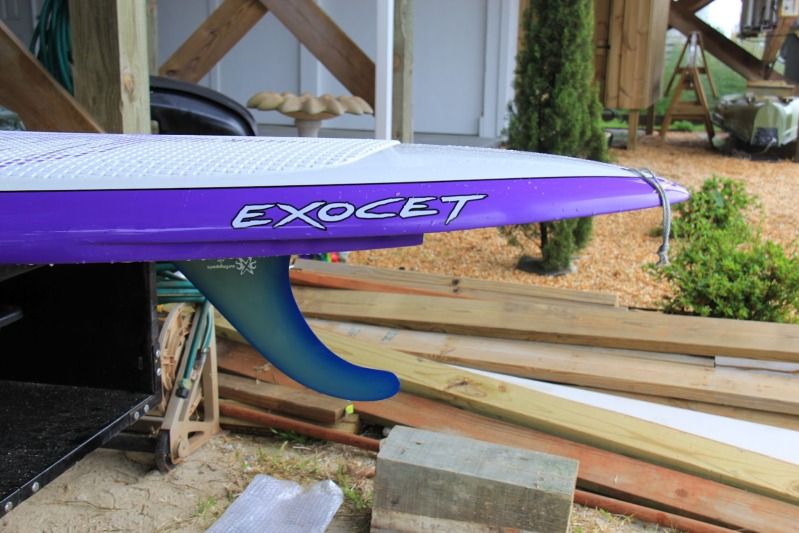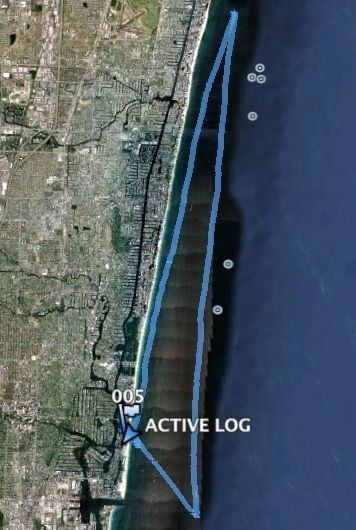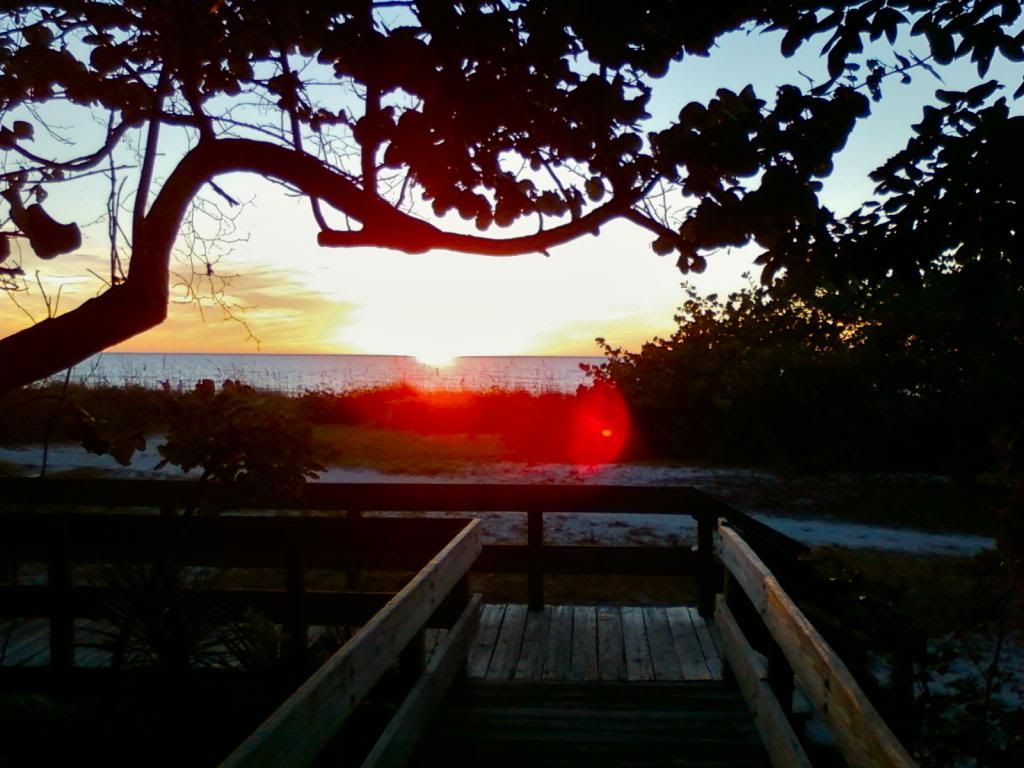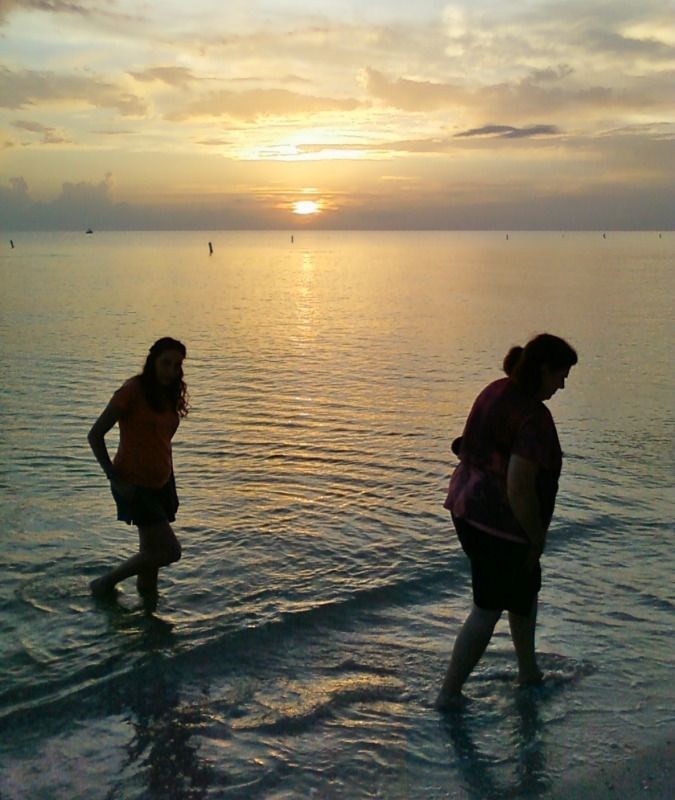Like a lot of windsurfers I was baffled when the stand-up
paddleboard (SUP) craze hit. My thinking was, “How is that even fun? It looks
so slow and awkward.” Only after I tried it a few times did I start to see the
appeal. SUP may not be the fastest way to navigate the water, but it’s
pleasurable in its simplicity, and there’s something about standing on the
surface that’s more fun than sitting in a kayak or sprawling on a surfboard. So
I get it. SUP is legit.
What baffles me now is the unexploited potential in the
design and marketing of multiple use windsurfer – SUP boards. Yes, there are
SUPs with mast tracks that can be windsurfed, and yes, some windsurfing
longboards can be paddled. But with few exceptions, the existing multiple-use boards
are strongly biased towards either SUP or windsurfing, with limited
capabilities for the other sport. I think that’s a shame, for two reasons:
1. There are a lot of things that a big board can potentially
do well. Depending on its design, it can be a stable platform for beginner
windsurfers, it can sail efficiently in light winds with the daggerboard down,
it can carry a large sail for early planing, it can be paddled as a SUP in flat
water or waves, or it can be used as a light-wind windsurfing waveboard.
2. Big boards cost a lot of money and take up a lot
of space. So, it’s hard for most people to own a separate big board for every
possible big-board use. Hence, the desirability of multiple-use big boards.
I’m not exactly sure why board manufacturers have been so
half-assed about adding multi-usability to their big rides, but I have some
theories that I won't get into here. For now, let’s review what types of big boards
are out there, and what kind of multi-use potential they each have. As I’m
prone to do, I made a chart for that, and I’ll say a little bit more about the
categories in the chart:
The columns are grouped by three basic types of big boards.
On the left you’ve got typical big windsurfing boards, which
are designed for flatwater sailing. They optimize non-planing glide, early
planing ability, or some combination of the two. They are not designed to be
paddled or wavesailed, but some work OK as flatwater SUPs. The picture below shows me riding a big beginner windsurfing board in planing conditions.
In the middle are windsurfable SUP boards. They are
windsurfable because they have mast tracks, and occasionally a daggerboard or
removable center fin, but they are otherwise shaped for uncompromised SUP
performance. If they are intended for wave riding then they have soft rails and
lots of rocker at the tail- features that facilitate catching waves with paddle
power and longboard-style surfing but “stick” the board to the water and
prevent it from reaching planing speed under normal sail power. See the figure below:
Given obscene
amounts of sail power a surf-rockered SUP may be coaxed to plane, and in fact there is a video
circulating around that shows
a 12’6” SUP planing on flat water, but that’s
with an expert speedsailor using a 6.6 sail in 30 knots of wind. With that much
power even a bathtub would plane.
SUP boards intended for flatwater cruising are rarely
equipped with mast tracks (with some
exceptions). That's too bad because a flatwater cruising SUP could really cut through the water fast in light winds. It also seems like it might be easier to design a “planeable”
flatwater cruiser SUP than a planeable surfing SUP, because the former could
have a flat rocker and hard rails. Still waiting to see someone make that
board.
An unusual type of windsurfable SUP board is wide but very
compact, often with a “fish” style tail and multiple fins. Some of these boards
are able to plane, but awkwardly and with no footstraps. They also don’t paddle
in a straight line or catch gentle waves very well, making them most useful for
specialist light-wind wavesailors who have sideshore wind and good waves and favor
a certain shortboard surfing feel. The most famous example of that type of board is the much-hyped
AHD SeaLion.
On the far end of the table are step-tail windsurf / SUP
boards, the original and most popular of which is the
Kona ONE, which was introduced
by Exocet in 2005 then became it’s own brand with an associated one-design
racing class. The Kona does a bit of everything, but it’s too heavy and boxy to
windsurf great in the waves, and it’s too narrow with too abrupt a step-tail to
SUP well in the waves- I’ve tried.
Exocet later made some other Kona boards (now
called the
Curve 11’5”, 10’5”, etc.) with less volume and no daggerboards. The
Curves have unequaled light-wind wavesailing performance but are less
appropriate as all-around windsurfing boards because they have no daggerboards
and their “US Box” fin slots can’t support large fins. Some people SUP them,
but they’re too narrow for most and the abrupt step-tail impedes their wave
catching ability. Below, Florida's John Ingebritsen shreds a wave on a Curve 11'5".

The most recent step-tail offering from Exocet is the
WindSUP
11’8”, which looks like a Kona ONE with a wider, thinner shape and a more
refined step-tail design, as seen in the picture from
Chuck's blog.

Supposedly it has improved light wind planing ability
and SUP ability compared to the Kona ONE. It’s considerably larger than I would
ideally want, but I’m encouraged by the mere fact that it exists, proving that
it IS possible to have a fully-planing windsurfing board that SUPs well in
waves. I really need to test one for myself, I mean, uh, for my fiancé.
Conclusion:
Most SUPs and windsurfs on the market are good for their own
sport but have very limited utility for the other sport. Fortunately, recent
designs like Exocet’s WindSUP show that it's not impossible to have a board
that SUPs well in waves AND planes well as a windsurf. Hopefully continued
evolution will refine and diversify those designs, and maybe come up with some
as-yet-unseen designs like a flatwater racing SUP that’s also an efficient
planing and displacement windsurfer.
PS- Late breaking news- Exocet just introduced a 10’0”
WindSUP for 2013! They must have read my mind.























































